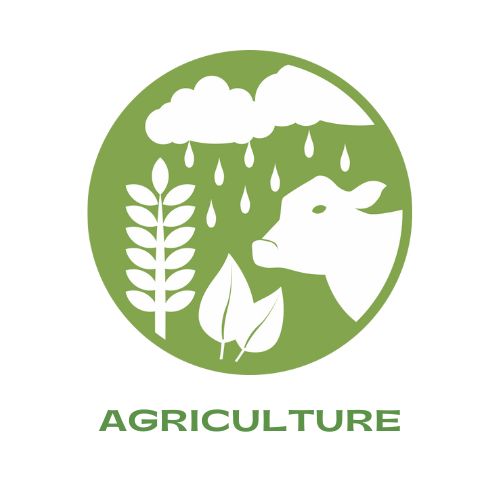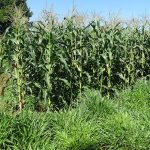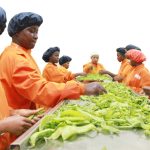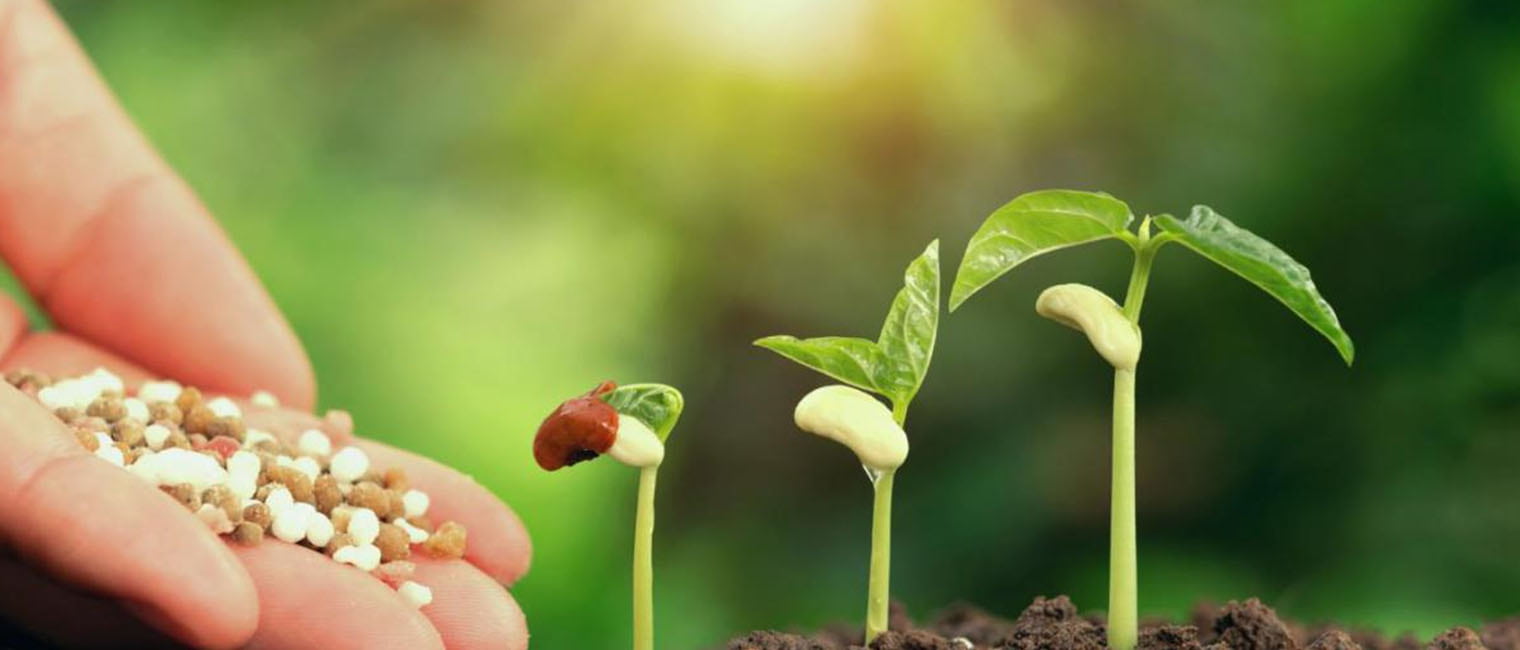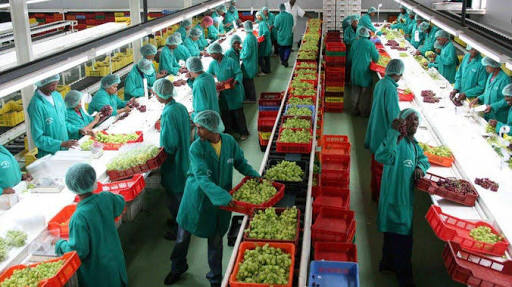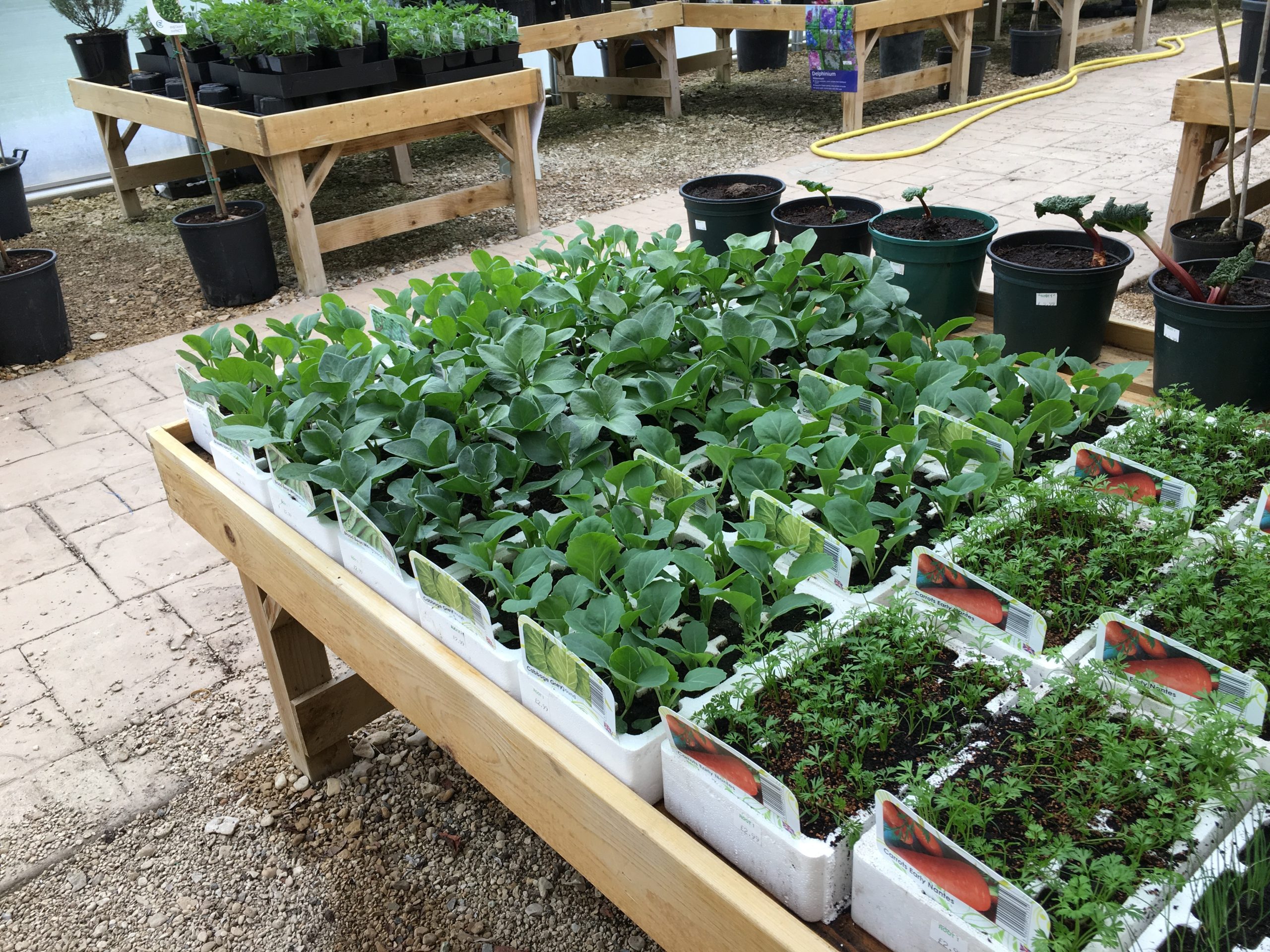Agronomy, the science and practice of crop production and soil management, is a crucial element in Kenya’s agricultural sector and broader economy. As the country continues to develop, understanding and tapping into the evolving agronomy market presents valuable opportunities as well as challenges. This blog post will analyze the current state and potential future of agronomy in Kenya.
Introduction
Agronomy is the foundation of successful crop cultivation and food production. By applying scientific principles to plant breeding, soil fertility, irrigation, and overall farm management, agronomists enable farmers to improve yields, efficiency, and sustainability. In Kenya, agronomy directly supports the livelihoods of over 70% of the population involved in agriculture and underpins food security and export crops. However, persistent issues like climate change impacts, pests, limited technology access, and policy constraints have hampered the agronomy sector. Significant potential exists to accelerate development through innovation, capacity building, and private-public partnerships. This blog post will provide an in-depth look at Kenya’s agronomy market size, key players, production practices, technological adoption, government initiatives, and growth opportunities. Understanding this complex sector is crucial to unlocking its potential and overcoming persistent challenges.
Section 1: Understanding Agronomy in Kenya
Agronomy draws on various sciences like biology, chemistry, ecology, genetics, and soil science to develop solutions for real-world crop production. Agronomists study interactions between plants, soils, pests, environments, and management techniques. Their goal is to increase productivity, improve sustainability, and advise farmers on best practices through research, field work, and data analysis. In Kenya, agronomists play diverse roles across public, private, and non-profit sectors. They conduct research at universities and government agencies, provide extension services directly to farmers, develop new products and techniques for agribusinesses, and inform policymaking. These skilled professionals have in-depth expertise about regional crops, soils, climate patterns, and challenges. They are essential contributors providing both high-level and grassroots support for the country’s vision of agricultural transformation and food security.
Kenya has a diverse agricultural landscape with a wide variety of food and cash crops. Staple crops include maize, beans, bananas, potatoes, and cassava. Key cash and export crops are tea, coffee, sugarcane, pyrethrum, cotton, and horticulture produce. Recent efforts have focused on expanding production of rice, macadamia nuts, avocados, and other high-value niche crops. Agronomists must balance improving productivity of these priority value chains while maintaining soil health through practices like crop rotation. The varied climate and soil conditions across Kenya’s regions pose agronomic challenges requiring localized expertise. Overall, agronomy is a complex field relying on interdisciplinary skills and research to create real impact for farmers.
Section 2: Market Overview
Kenya’s agronomy market is substantial but remains fragmented and largely domestically focused. The overall value was estimated at over KES 60 billion in 2020, with projected growth to KES 140 billion by 2025. This rapid expansion reflects rising investment in agricultural productivity and food security. The market involves diverse public, private, and non-profit stakeholders. Key government agencies providing agronomy services include the Kenya Agricultural and Livestock Research Organization (KALRO) and the Ministry of Agriculture’s extension programs. Major agribusiness corporations focus mainly on inputs like seeds, fertilizers, equipment, and training programs. Small and medium enterprises provide more tailored services including soil testing, drone technology, and farm management consulting. Universities and NGOs conduct research and capacity building programs.
Overall agronomy supports around 25% of Kenya’s GDP, underscoring its immense value to the economy. However, the full potential remains untapped, with smallholder farmers lacking access to extension services and technologies. Enhancing agronomy capacity will be crucial for the country to continue raising farm incomes, ensuring food security, and developing high-value agriculture exports. Significant opportunities exist to scale up private sector participation and innovation to complement ongoing public efforts.
Section 3: Crop Production and Management
Successful crop production in Kenya depends on agronomists disseminating optimal practices and technologies suitable for the diverse environment. Key staple cereal crops rely on improved seeds, proper sowing techniques, fertilizer application, and integrated pest management to enhance yields. Proper water management through irrigation and drainage is also essential. Major cash crops like tea, coffee, sugarcane and horticulture require particular management of propagation materials, planting, nutrients, and post-harvest handling. For example, smallholder tea farmers have benefitted from training on maintaining the correct nitrogen levels and pruning regimes.
Sustainable agronomy aims to increase productivity while conserving resources and reducing environmental impacts. Widespread techniques in Kenya include mixed cropping, crop rotations, organic soil amendments, conservation tillage, and integrated pest management. Agroforestry practices that strategically integrate trees into crop cultivation also enhance soil fertility. As climate change threatens more extreme weather, breeding and disseminating drought and heat tolerant varieties is an urgent priority. Overall, agronomists play a crucial role in developing climate-smart, sustainable farming systems adapted to local conditions across Kenya.
Section 4: Challenges and Constraints
Several persistent challenges have constrained the growth and impact of agronomy in Kenya. Key issues include climate change, pests and diseases, inadequate extension services, limited resources, and lack of technology adoption. Rising temperatures, more erratic rainfall, and frequent droughts are threatening crop yields. Pest and diseases like fall armyworm, coffee rust, and banana bacterial wilt are also causing considerable losses. Another major problem is ineffective agricultural extension systems unable to reach the majority of farmers with technical advice. Smallholder farmers in particular lack access to quality inputs, credit, and markets to implement agronomic improvements. Finally, limited adoption of potentially transformative technologies like hybrid seeds, precision tools, and data-driven farm management inhibits productivity growth.
Overcoming these interlinked challenges requires comprehensive efforts on research, policy, and capacity building. More climate-resilient innovations must be developed while also expanding insurance and social protection programs. Strengthening extension systems and farmer organizations facilitates wider dissemination of sustainable agronomic practices. Increasing smallholder access to inputs, credit, and markets empowers greater investment in productivity. Finally, creating an enabling environment and incentives for technological adoption and service provision can unlock major gains.
Section 5: Technological Advancements
Rapid global progress in agricultural technology presents significant potential to transform Kenyan agronomy and tackle persistent challenges. Several innovations are already showing promising results though wider adoption is constrained by costs, infrastructure, policies, and capacity gaps. Mobile phone applications provide customized information to farmers on best practices. Drones and satellite imagery enable advanced monitoring of crop health and more precise application of inputs. Big data, artificial intelligence, and digital advisory services are also helping agronomists gain insights to guide decisions.
Automation and the Internet of Things are making irrigation, weed and pest control, and harvesting more efficient. For example, Twiga Foods uses technology to connect farmers and agronomists to urban retailers, improving market access. Supply chain innovations like cold storage and pre-cooling facilities allow smallholders to sell higher value perishable produce. Real-time data on weather, pests, and market prices informs agronomic decisions. Overall, Kenya has an innovative technology environment that, with the right investments and partnerships, can potentially catalyze an agronomy transformation.
Section 6: Government Initiatives and Policies
The Kenyan government has outlined ambitious plans to accelerate agricultural transformation, with agronomy as a central component. The national Agricultural Sector Growth and Transformation Strategy aims to increase smallholder productivity, commercialization, and resilience. Initiatives like fertilizer subsidies, crop insurance programs, and import duty waivers on agricultural machinery and equipment aim to improve agronomic practices. Significant funds are allocated to research organizations like KALRO to develop innovations. County governments are also promoting farming through policies on inputs, extension services, value addition, and access to credit.
However, policy implementation and coordination between national and county levels remains uneven. And chronic underinvestment in research and extension continues hampering progress. Clearer prioritization, monitoring frameworks, and partnerships with private sector players can help optimize public agronomy initiatives. Overall, the policy environment recognizes agronomy’s foundational role but greater commitment in actual budget allocations and programs is essential.
Section 7: Opportunities for Growth
Kenya’s agronomy sector has bright growth prospects driven by increasing investment, expanding markets, and a vibrant entrepreneurial ecosystem. Significant potential exists to enhance productivity and profitability across major staple and cash crops. Rising regional demand for food crops like maize, rice, potatoes, and soy present opportunities to boost production through intensive agronomic practices. Export markets for vegetables, macadamia nuts, avocados, and other horticulture also continue growing.
Agribusiness entrepreneurs are pioneering new models in precision agriculture, digital advisory, data-driven insurance, and value-added farm products. Foreign investors and development partners are also channeling funds into NGO programs for smallholders. If such emerging innovations are scaled up through enabling policies and public-private collaboration, they can massively impact millions of farmers. With its natural resources, entrepreneurial human capital, and growing modern value chains, Kenya is well positioned to reap an agronomy dividend and become a regional breadbasket.
Section 8: Sustainability and Conservation
Amidst the urgency to increase productivity, conserving Kenya’s natural resources remains crucial for long-term sustainability. Agronomists emphasize practices that maintain soil health like reduced tillage, cover crops, crop rotations, and integrating trees and livestock. Adopting drought-tolerant varieties, efficient irrigation, and water harvesting and storage techniques builds resilience. Pest control relies more on biopesticides, natural predators, and other ecological methods. Sustainable techniques reduce reliance on synthetic fertilizers and pesticides which threaten human health and ecosystems if mismanaged.
Kenya’s public research agencies and universities are conducting important work on climatic changes and breeding climate-smart crop varieties and livestock. Private firms are also promoting sustainable techniques through their extension programs. However, continued research, education, financing incentives and favorable policies are essential to mainstream ecological approaches and ensure the long-term viability of Kenya’s agricultural production systems. Sustainable agronomic intensification must balance short-term productivity gains with maintaining the integrity of natural capital.
Section 9: Case Studies
The following case studies provide inspiring examples of entrepreneurs and organizations driving agronomy progress in Kenya:
Safaricom Digifarm: This mobile platform allows smallholders access to agronomy advice, quality inputs, and credit. Farmers have increased productivity 30% by adopting recommended practices. The network now reaches over 1 million users.
One Acre Fund: This NGO supplies smallholders seed and fertilizer on credit plus training on techniques like spacing, weeding and harvesting. Maize yields have increased 50-100% for over 800,000 member farmers.
SunCulture: Solar-powered irrigation helps farmers expand production. Greenhouses and drip kits combined with agronomic training improve incomes by 300% for users like Mutinda Kiilu.
Twiga Foods: Their smart supply chain has integrated tens of thousands of farmers to reliably supply major supermarkets using contracted production and group training in good agronomic practices.
These cases validate how combining technology, knowledge transfer and market linkages can transform productivity and incomes at scale under real conditions. They provide models for delivering impact across diverse value chains which can catalyze Kenya’s agronomic potential.
Conclusion
Kenya’s complex and evolving agronomy sector forms the backbone of the country’s bold agricultural and economic aspirations. Agronomy is increasingly recognized as a high-value field fundamental to raising productivity, incomes, and environmental sustainability across commodities. But persistent challenges like climate change impacts, pests, policy gaps, and low technology adoption constrain the sector. Significant potential exists to accelerate development by strengthening research, expanding private sector participation, leveraging technologies, and modernizing policies and institutions. Realizing Kenya’s potential as a regional food hub will rely on unlocking the full promise of agronomy through innovation and strategic coordination between public and private players. The opportunities are immense for the economy, food systems, and millions of farming households across the country.
References
- Kenya Ministry of Agriculture. Agricultural Sector Growth and Transformation Strategy. 2019.
- Muriithi, Beatrice, and Jackline Nyerere. “Constraints and Opportunities in the Agronomy Labour Market in Kenya.” CABI Agriculture and Biosciences. February 2021.
- Muyanga, Milu, et al. “Small and Productive: Kenyan Smallholder Farmers and the Promise of New Maize Varieties.” Agrilinks. March 2020.
- Ndirangu, Charles. “Top Challenges Affecting Smallholder Farmers in Kenya and East Africa.” Grow Africa. January 2019.
- Njagi, Timothy. “How Technology is Helping Transform the Agronomy Sector in Kenya.” The Star. July 2021.
- Ochieng, Justus. “The Role of Agronomy in Transforming Smallholder Agriculture: Opportunities and Challenges in Kenya.” International Journal of Agronomy. 2019.
- Wainaina, Eric. “Why Kenya’s Agronomy Industry Offers the Ripest Opportunities.” Business Daily. December 2020.
- World Bank. “Kenya Economic Update: Securing Future Growth – Policies to Support Kenya’s Digital Transformation.” April 2021.

